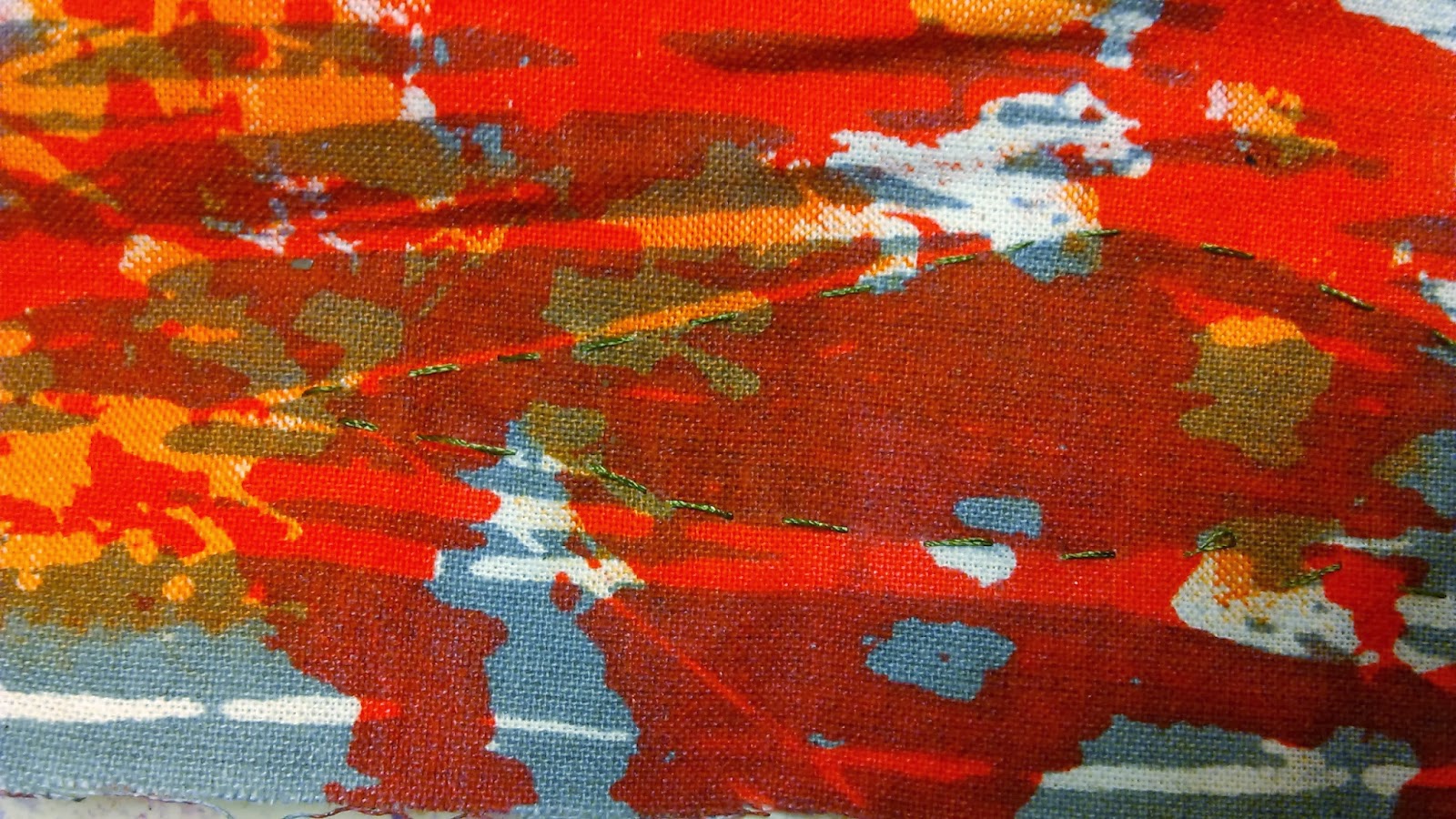In the second session of my Textiles Workshop, i made my own felt and paper.
The process i used to make felt turned individual wool fibers into fabric without spinning or weaving.
I started with white wool as a base, gently pulling out parts of it and laying them onto bubble wrap in a line, slightly overlapping each other. Once id done this, i repeated this process but layering the parts of wool in the opposite direction (first layer vertically and the second layer horizontally). After id done this, i covered this with a net and sprayed with a solution of washing up liquid and water. I then chose the colours that i wanted to add to the top of my base. I again, pulled parts of this apart and layed them onto the base in the pattern that i wanted. Once i had finished my pattern, i covered my pattern with a net and poured the soap solution onto it, making sure that all of the fibers are wet, pressing the water through the fibers using the palm of my hand. After doing this i removed the net and rolled the fibers up into a sausage shape using the bubble wrap. I applied pressure to this using the palms of my hands and rolled it backwards and forwards for 4-5 minutes, after this i had to unroll the felt and turn it a quarter turn, then roll it back up and repeat the process. I had to repeat this process four times until i had turned the felt in a full circle. I then rolled the felt up in a piece of cotton and placed in a bowl of boiling water, leaving it for a minute. I then had to take the felt out and roll again in bubble wrap for a minute, unwrap it and rinse it in clean water. To finish i layed my felt out flat to dry out.
Health and Safety
While you are working with boiling water, wear rubber gloves.
Point the spray bottle in the direction of felt only, making sure you don't get it in your eyes.
 |
| My white Felt Fibers as a base. |
 |
| After adding coloured fibers to create a pattern. |
After i created my felt and left it to dry, i moved on to making my own paper.
The paper pulp that i used was already made up by the technician.
To make my own paper, i used a mesh frame, i submerged this into the tray with the paper pulp in, the mesh facing me. Once submerged, i wriggled my frame around to collect as much paper pulp as i could. Once my frame was covered with the pulp, i gently lifted it out of the water and held it above the tray so that the water would drain back into the tray. I then turned the frame over onto a j-cloth. While the frame was on the cloth, i sponged away any of the excess water from the back of the mesh, which would reduce the drying time and make the paper less fragile. I then gently peeled off the mesh frame, leaving the paper pulp behind on the j-cloth. I left this to dry over-night and peeled off the paper once it was dry.
Health and Safety
Be aware of water spillages.
Be aware of electrics with water.
 |
| Sponging away the excess water. |
 |
| My paper after i peeled off the mesh frame. |




















